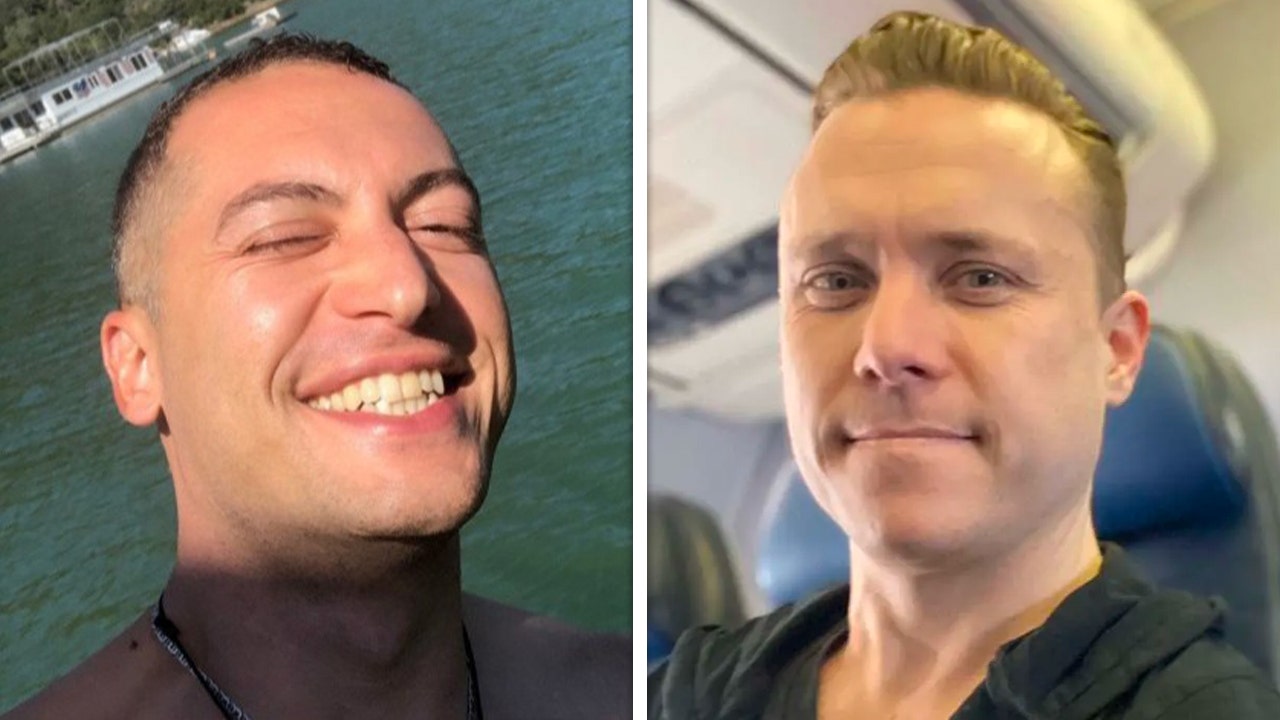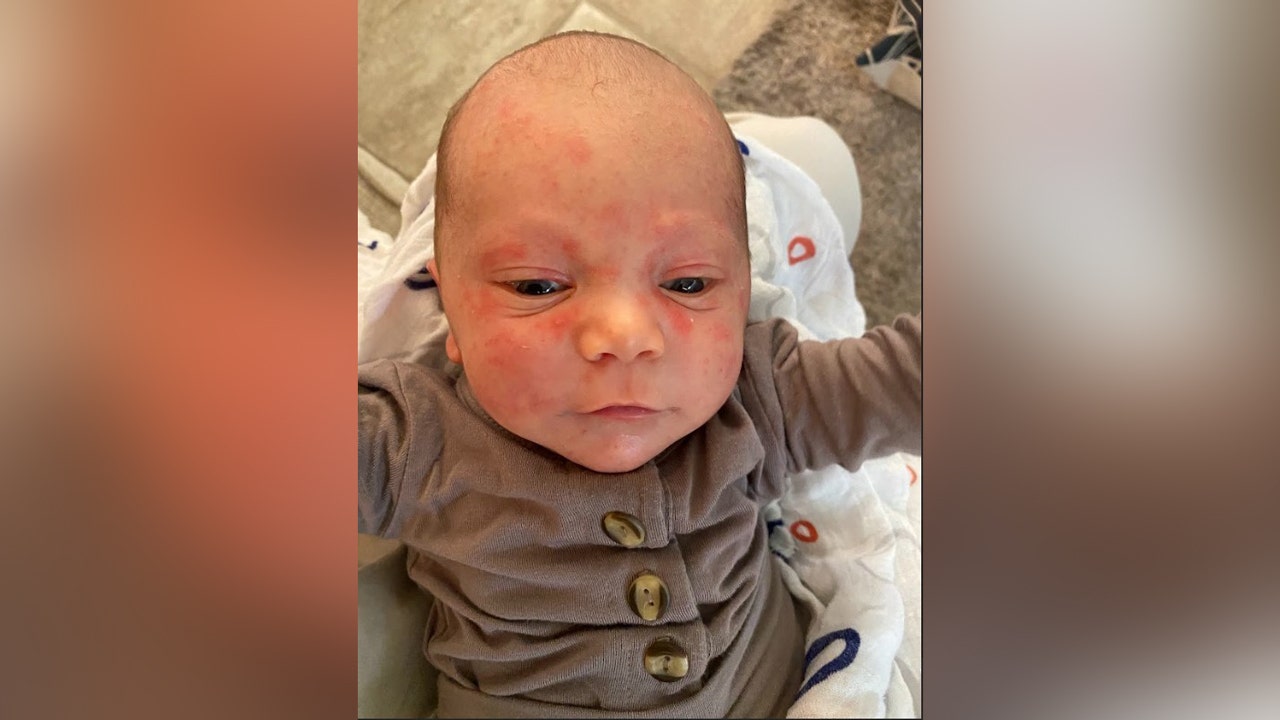An avalanche forecaster was killed in an avalanche while skiing in Oregon last week, the authorities said.
The forecaster, Nick Burks, 37, was backcountry skiing on Gunsight Mountain in the Elkhorn Mountains in northeastern Oregon on March 6 when he triggered an avalanche at the top of a couloir, or crevasse, in the mountain, the Colorado Avalanche Information Center reported. He was carried down the mountain by the moving snow.
Mr. Burks was skiing with William Sloop, who had already descended and was not injured in the avalanche, the Baker County Sheriff’s Office said in a statement. Mr. Sloop performed CPR on Mr. Burks to no avail.
Both men were experienced at skiing in the back country, away from official trails, the Sheriff’s Office said, and they were properly equipped; Mr. Burks’s airbag deployed.
Mr. Burks was an avalanche specialist for the Wallowa Avalanche Center in Joseph, Ore., which provides avalanche and weather advisories and educates backcountry skiers and snowmobilers.
The accident highlighted the dangers of backcountry skiing, which is a far cry from a trip down the bunny trail at your local slope. “Resort skiing and backcountry skiing are night and day,” said Craig Gordon, an avalanche forecaster for the Utah Avalanche Center. On resort slopes, “the ski patrol have knocked down avalanches long before we arrive,” he said. “If we head into the back country, avalanches are not being knocked down for us.”
Mr. Gordon advised prospective backcountry skiers to have some basic knowledge of their sport and to bring the proper gear, including an avalanche beacon, which emits a radio signal; a shovel; and a probe.
“Everyone in the group needs to wear this gear and needs to know how to use it,” Mr. Gordon said. “We can’t depend on an outside rescue. Time is evaporating if we’re caught in an avalanche and we’re buried under the snow.”
He emphasized that avoiding an avalanche in the first place, by checking forecasts and staying away from dicey areas, is the best move. “If we have to use the gear, it means we’ve screwed up and triggered an avalanche.”
In about a quarter of all avalanche deaths, the cause is trauma, like slamming into trees. Other victims die from asphyxiation, buried beneath the snow. That makes getting them out as fast as possible imperative.
“Those who survive only have a short time where partners can be effective with a rescue,” Mr. Gordon said.
As the death of the experienced and expert Mr. Burks shows, the danger is present for everyone, even those who are careful and know what they are doing. “There are certain elements in the snowpack combined with tricky weather conditions that can throw a curveball at even the most experienced backcountry travelers,” Mr. Gordon said.
Forecasting avalanches starts with forecasting the weather, Mr. Gordon said. “Weather is the architect for all avalanches,” he said. “Forecasters also look at layers in the snowpack, much as a geologist would look at rocks, and whether the snowpack is getting stronger or weaker.”
The result is often daily, slope-specific reports that rate backcountry areas on a scale from one (safest) to five that will clue skiers in to what slopes they should avoid.
Mr. Burks was previously a snow safety supervisor at the Mt. Hood Ski Patrol. The Wallowa Avalanche Center said Mr. Burks had been skiing since before he could remember. He had skied in New Zealand, Chile, Argentina and Japan.
So far in the 2023-24 winter season, 11 people have been killed by avalanches in the United States, according to the Colorado Avalanche Information Center: six skiers, three snowmobilers, one snowboarder and a heli-skier. Last season, 30 people died. A vast majority of skiers who are killed in avalanches die in backcountry areas.






